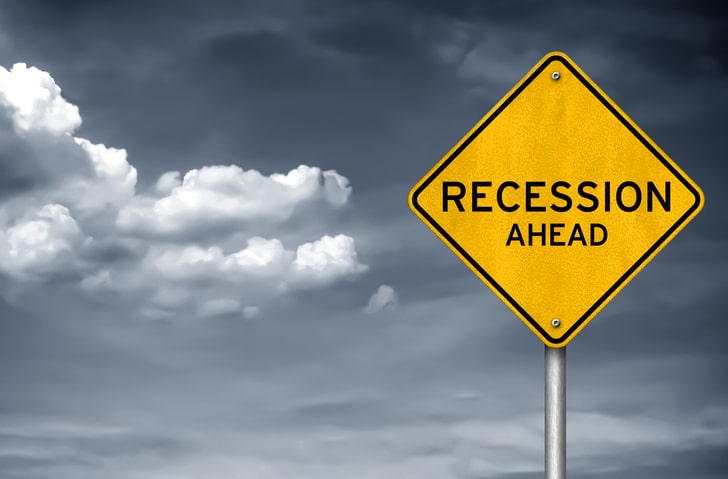Source: MarketWatch —
As 2023 gets underway markets are clinging to expectations that the U.S. economy will slide into a recession that effectively forces the Federal Reserve to start cutting interest rates, lower bond yields and borrowing costs, and perhaps help stock market valuations.
While such an outcome may, at least in theory, help to repair investors’ badly beaten portfolios after one of the worst years for markets since at least the 2008 financial crisis, the notion seems increasingly at odds with the reality on the ground.
U.S. economic data released over the past few months show that inflation has moderated, the labor market remains robust, and the U.S. economy likely expanded at a healthy clip to finish off 2022, despite the most aggressive interest rate hikes by the Fed since at least the 1980s.
Unless something changes, this could create problems for markets later in the year, according to several portfolio managers and market analysts.
Good news is bad news
U.S. markets have got off to a strong start in January as both stocks and bonds have rallied.
The S&P 500 index SPX, +0.40% has risen by nearly 4.2% to just shy of the 4,000 level as of Friday’s close, while the yield on the 10-year Treasury note TMUBMUSD10Y, 3.505% has fallen by 30 basis points in the span of about two weeks and was trading at 3.495% late Friday.
Lower yields have caused the U.S. dollar DXY, -0.06% to weaken rapidly, increasing the allure of other safe-haven assets like gold. Gold GCG23, +0.07% futures set to expire in February settled above $1,900 an ounce on Friday, the highest for a most-active contract since April.
However, last year as long-standing correlations between asset classes were turned on their heads, an unusual dynamic emerged on Wall Street, with stocks and bond prices both falling at the same time. Signs of a healthy economy were greeted with disappointment because they implied the Federal Reserve would need to raise interest rates sharply to combat the highest inflation in 40 years in the wake of the coronavirus pandemic. As a result stocks slumped and Treasury yields, which move inversely to prices, rose.












